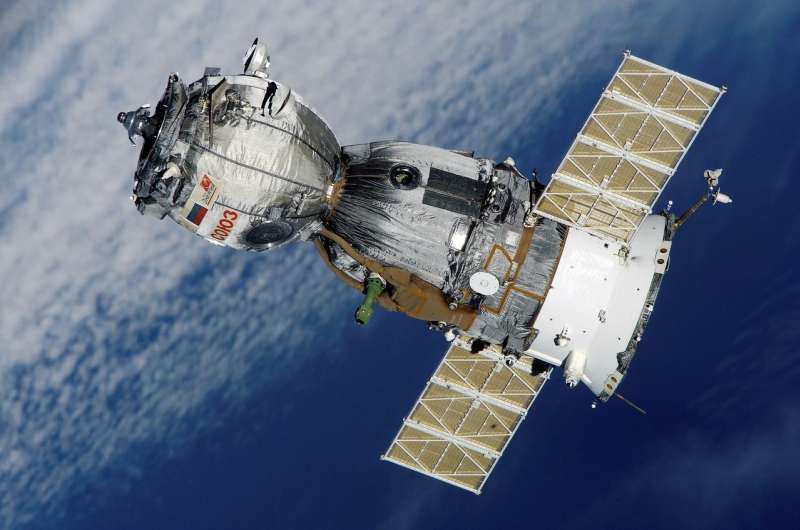
Credit: CC0 Public Domain
Aerosols, suspended particles in the atmosphere, influence the Earth’s climate system by directly scattering and absorbing solar and terrestrial radiations as well as by acting as cloud condensation nuclei and ice nuclei to change the properties of clouds.
Newly launched satellite sensors often face challenges in acquiring enough observations in a short period of time to support the development of land surface reflectance (LSR) limits for aerosol retrieval.
A research team led by Prof. Li Zhengqiang from the Aerospace Information Research Institute (AIR) of the Chinese Academy of Sciences (CAS), along with collaborators, proposed a generalized land surface reflectance reconstruction method that provides efficient constraints on surface reflectance for high-precision aerosol retrieval. The study was published in Remote Sensing of the Environment on June 16.
Based on the reference surface reflectance product, the proposed method only requires a short-term observation of the target sensor, and it uses the spatial-temporal minimum reflectance technology to reconstruct the long-term historical surface reflectance product of the reference sensor. Then the reconstructed virtual LSR can be used to construct reliable surface constraints for high-accuracy retrieval of aerosol parameters.
The researchers applied this method to the Particulate Observing Scanning Polarimeter (POSP) aboard the Gaofen-5 (02) satellite. They found that using the overlapping observations of POSP and MODIS for just one month, a stable surface reflectance reconstruction relationship between the two can be established. And the obtained aerosol optical depth based on the reconstructed LSR achieved a high accuracy level according to the validation results against the AErosol RObotic NETwork observations.
More information:
Zheng Shi et al, A generalized land surface reflectance reconstruction method for aerosol retrieval: Application to the Particulate Observing Scanning Polarimeter (POSP) onboard GaoFen-5 (02) satellite, Remote Sensing of the Environment (2023). DOI: 10.1016/j.rse.2023.113683
Awarded by the Chinese Academy of Sciences
Citation: Scientists propose aerosol sampling method for newly launched satellite (2023, July 25) retrieved on July 25, 2023 from https://phys.org/news/2023-07-scientists-aerosol-method-newly-satellite.html
This document is subject to copyright. Except for any fair dealing for the purpose of private study or research, no part may be reproduced without written permission. Content is provided for informational purposes only.
